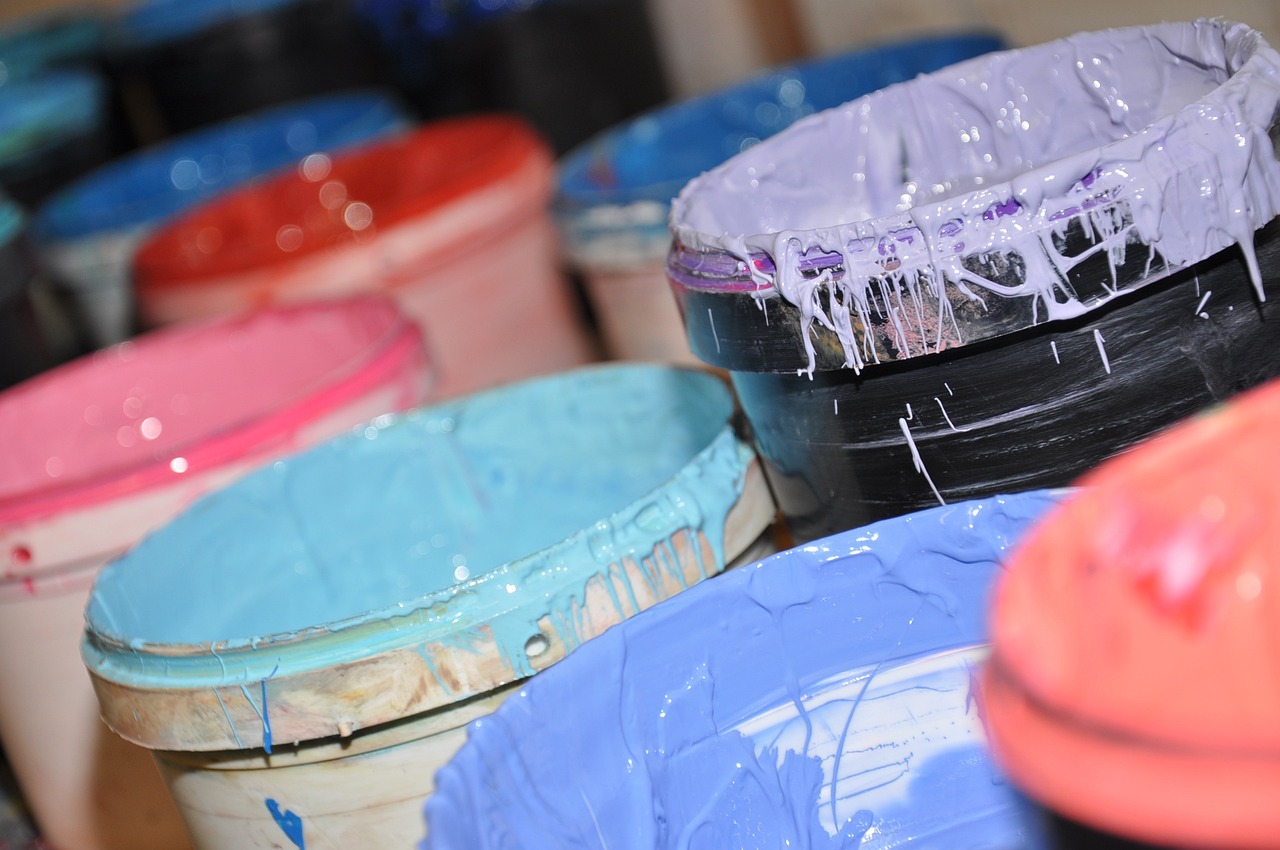服装加工有限公司
Title: Understanding the Apparel Manufacturing Process
In the realm of fashion, the journey from concept to consumer involves a complex web of processes, and apparel manufacturing is at its core. Let's delve into the world of apparel manufacturing, focusing on the key steps involved and offering guidance for a successful venture.
Understanding Apparel Manufacturing
1. Design and Development:
Conceptualization:
The process begins with designers' creative vision, sketching out ideas, and conceptualizing garments.
Technical Design:
Translating designs into technical drawings with precise measurements and specifications.
Pattern Making:
Creating patterns based on technical designs, which serve as templates for cutting fabric.2. Fabric Sourcing:
Material Selection:
Choosing the right fabric is crucial, considering factors like quality, texture, color, and cost.
Supplier Evaluation:
Identifying reliable fabric suppliers ensuring consistency and timely delivery.3. Cutting:
Marker Making:
Optimizing fabric usage by arranging pattern pieces efficiently on large sheets through marker making.
Precision Cutting:
Using cutting machines or manual cutting to precisely cut fabric according to patterns.4. Sewing:
Assembly Line Setup:
Organizing the production floor into assembly lines, each focusing on specific garment components.
Skillful Stitching:
Employing skilled workers to stitch fabric pieces together as per the designed pattern.5. Trimming and Finishing:
Detailing:
Adding buttons, zippers, labels, and other embellishments to complete the garment.
Quality Control:
Inspecting garments for defects, ensuring highquality standards are met before proceeding to the next stage.6. Quality Assurance:
Testing:
Conducting quality tests such as fabric strength, colorfastness, and seam strength to ensure durability.
Feedback Loop:
Implementing feedback mechanisms to address any quality issues promptly.7. Packaging and Shipping:
Packaging:
Packaging garments attractively while ensuring they remain protected during transit.
Logistics:
Planning efficient logistics for timely delivery to retailers or end customers.Guidance for Success in Apparel Manufacturing:
1. Invest in Technology:
Automation:
Embrace technology for precision cutting, automated sewing, and other repetitive tasks to enhance efficiency and accuracy.
CAD Software:
Utilize ComputerAided Design (CAD) software for pattern making and technical design to streamline the process.2. Prioritize Quality:
Supplier Relationships:
Forge strong relationships with reliable fabric suppliers to ensure consistent quality.
Quality Control Systems:
Implement robust quality control systems at every stage to minimize defects and ensure customer satisfaction.3. Sustainability and Ethical Practices:

Environmentally Friendly Materials:
Embrace sustainable fabrics and manufacturing processes to reduce environmental impact.
Fair Labor Practices:
Ensure fair wages and safe working conditions for workers, adhering to ethical manufacturing standards.4. Flexibility and Adaptability:
Market Trends:
Stay updated with changing fashion trends and consumer preferences to adapt manufacturing processes accordingly.
Quick Response Manufacturing (QRM):
Implement QRM strategies to respond swiftly to market demands and minimize lead times.5. Collaboration and Networking:
Industry Partnerships:
Collaborate with other industry stakeholders such as designers, suppliers, and retailers to foster innovation and mutual growth.
Trade Shows and Events:
Participate in trade shows and industry events to showcase products, network, and stay abreast of industry developments.6. Continuous Improvement:
Kaizen Philosophy:
Embrace the Kaizen philosophy of continuous improvement, encouraging feedback from workers and stakeholders to identify areas for enhancement.
Investment in Training:
Provide regular training to employees to upgrade skills and stay competitive in the market.In conclusion, successful apparel manufacturing requires meticulous attention to detail, a commitment to quality, and a willingness to adapt to changing market dynamics. By understanding the intricacies of the manufacturing process and implementing best practices, businesses can thrive in the competitive world of fashion.
[点击这里下载PDF版本](link_to_pdf)





